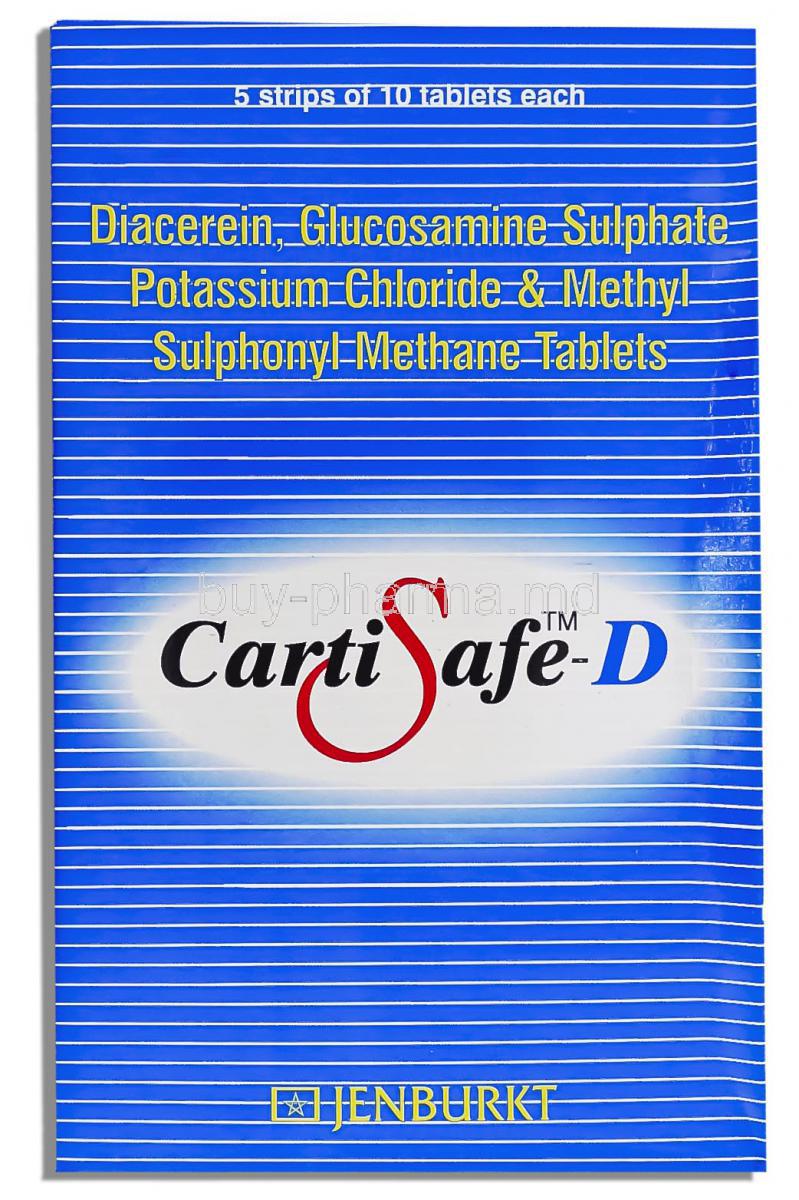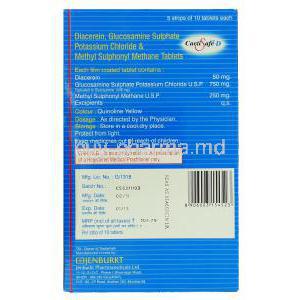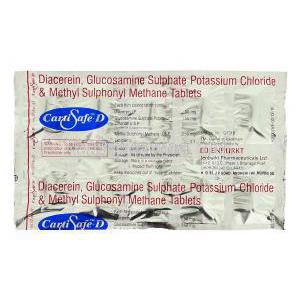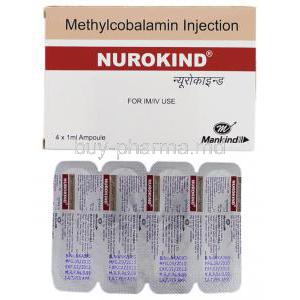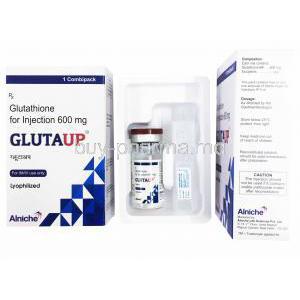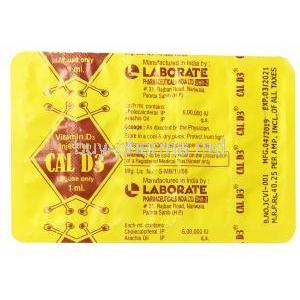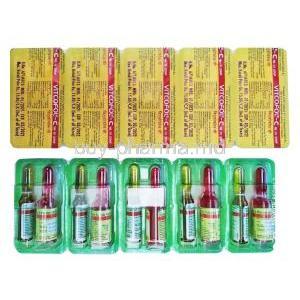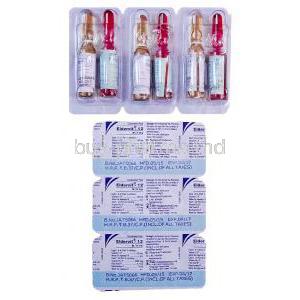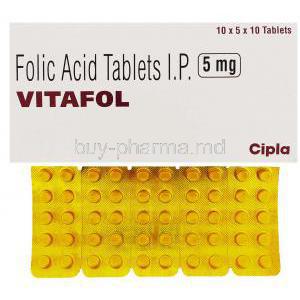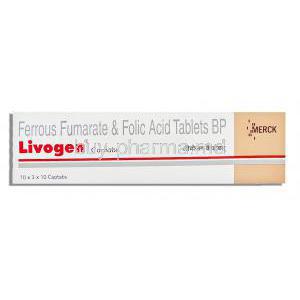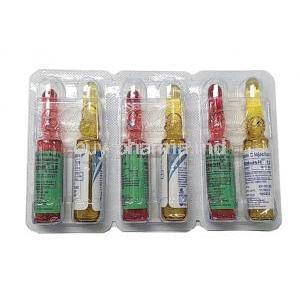Cartisafe-D
- Introduction
- Composition of Cartisafe-D
- Uses of Cartisafe-D
- Off-Label Uses of Cartisafe-D
- How Cartisafe-D Works
- Dosage and Administration
- Side Effects of Cartisafe-D
- Important Precautions
- Interactions with Other Medications
- Warnings and Contraindications
- Administration to Specific Populations
- Handling and Storage of Cartisafe-D
- Overdosage and Emergency Management
- Careful Administration Practices
Introduction
Cartisafe D is well known for its effectiveness in treating conditions, specifically osteoarthritis. It contains ingredients that help relieve symptoms and enhance joint function. In the field of therapy Cartisafe D is recognized for its ability to reduce pain and improve mobility ultimately improving the quality of life for those, with degenerative joint disorders.
Composition of Cartisafe-D
Key Ingredients: The composition of Cartisafe D relies on the anti-inflammatory effects of Diclofenac paired with Glucosamine, which supports the regeneration of cartilage. Additional Components: It includes substances like magnesium stearate and silicon dioxide to maintain the effectiveness and absorption of the main ingredients.
Formulation Details: Every tablet is designed to enhance absorption and reduce stomach-related issues, positioning it as a crucial component in treatments aimed at improving joint health.
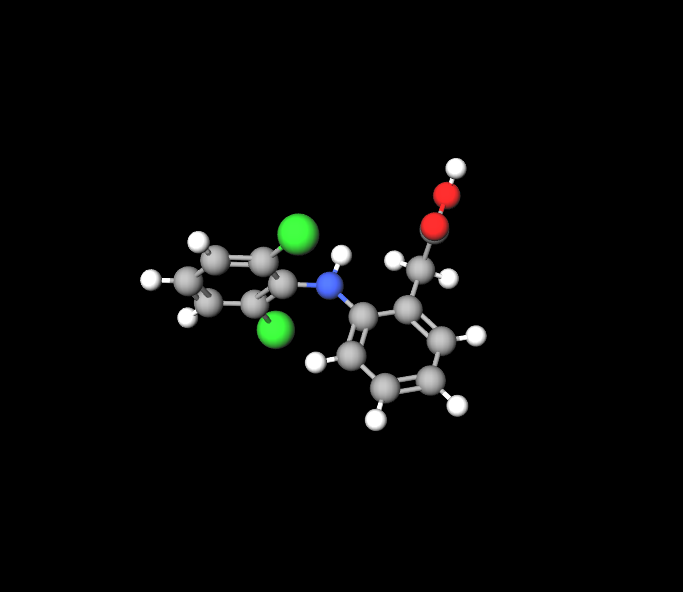
Uses of Cartisafe-D
-
Uses of Cartisafe D Tablet:
- Cartisafe D Tablet is prescribed for the treatment of osteoarthritis. It helps manage symptoms such as pain, swelling, and stiffness in joints, especially in the knees and hips. Additionally, if taken at the onset of symptoms, it might aid in joint repair12.
-
Positive Effects and Advantages:
- Consistent use of Cartisafe D can notably:
- Lessen rigidity in affected joints.
- Enhance movement, allowing for a more dynamic and satisfying lifestyle1.
- Consistent use of Cartisafe D can notably:
-
Application in Various Health Conditions:
Off-Label Uses of Cartisafe-D
-
Off-Label Uses of Cartisafe D:
- Doctors occasionally recommend Cartisafe D for purposes that aren’t officially sanctioned by regulatory bodies, highlighting its versatility in treatment.
- One of the popular off-label applications of Cartisafe D is addressing pain syndromes and sports-related injuries where inflammation plays a key role12.
-
Evidence and Instances Backing Off-Label Usage:
How Cartisafe-D Works
Mechanism of Action: Cartisafe D works by blocking cyclooxygenase (COX) enzymes, which play a role in producing prostaglandins that are responsible for pain and inflammation in the joints.
Pharmacodynamics: This medication has a twofold effect, providing quick relief from pain while also supporting long-term joint health by protecting the cartilage.
Impact on Disease Pathophysiology: By decreasing the breakdown of cartilage and enhancing lubrication, Cartisafe D alters the course of the disease, potentially slowing down the advancement of joint conditions.
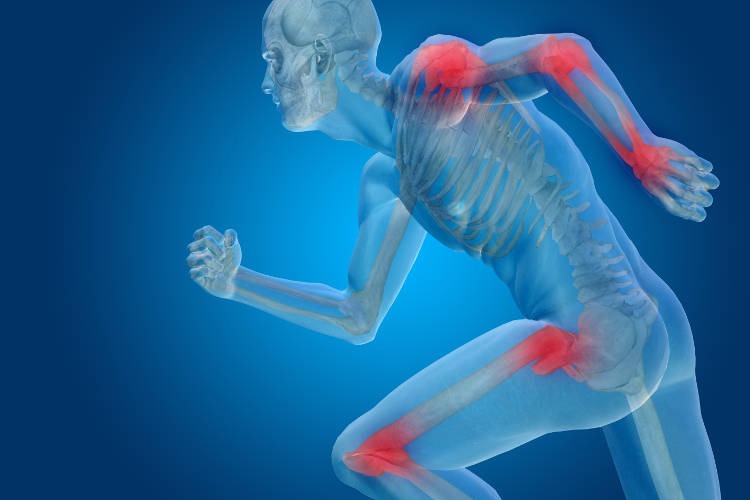
Dosage and Administration
Different. Their Recommended Dosages: The dosage prescribed can differ based on the condition's intensity and nature, usually commencing at 50 mg twice a day.
Ways to Take It: Cartisafe D comes in forms and should be consumed with meals for better absorption and to minimize stomach discomfort.
Adjusting Dosages Based on Age and Condition Severity: It is crucial to make dosage modifications for older individuals or those with kidney issues, highlighting the significance of tailoring therapy plans to each person's needs.
Side Effects of Cartisafe-D
Common Side Effects: Some patients might feel stomach discomfort, dizziness, or headaches, which usually go away quickly.
Possible Serious Adverse Effects: In cases, there could be severe stomach bleeding, liver issues, or kidney problems that require immediate medical help.
Contrasting Side Effects Between Patient Groups: The frequency and seriousness of side effects may differ depending on factors such as age, existing health conditions, and the use of other medications.
Important Precautions
Prior to initiating Cartisafe D, it is essential to examine the patient's medical record for any possible contraindications and allergic reactions to the drug's ingredients. It is advisable to conduct assessments of liver and kidney function during treatment to anticipate any adverse reactions. Careful deliberation is necessary when determining dosage in groups, such as individuals with existing organ issues or those on multiple medications.
Interactions with Other Medications
Common Drug Interactions: Cartisafe-D may interact with various medications, potentially altering their effects. Anticoagulants, other NSAIDs, and corticosteroids are particularly noteworthy, as concurrent use can increase the risk of gastrointestinal bleeding.
- Antihypertensive drugs may have reduced efficacy when used with Cartisafe-D.
- Concomitant use with lithium or methotrexate is monitored closely due to increased plasma levels.
Food and Lifestyle Interactions: Certain dietary and lifestyle decisions can influence the effectiveness and safety of Cartisafe-D.
- Alcohol consumption should be limited as it may exacerbate drug-related gastrointestinal risks.
- High-fat meals might delay the absorption of the medication, altering its effectiveness.
Managing Potential Interactions: It is vital to manage interactions through comprehensive patient education and tailored drug administration strategies.
Periodic review of patient medication profiles by healthcare providers can preempt adverse interactions, ensuring optimal therapeutic outcomes.
Warnings and Contraindications
Health Conditions and Risks to Consider: It is important to note that Cartisafe D should not be used by individuals with health issues, such as active gastrointestinal bleeding, severe heart failure, or liver and kidney diseases.
Genetic Allergies: Some genetic factors, like those impacting drug metabolism enzymes, might necessitate adjustments in dosage or the use of alternative treatments.
Additionally, individuals with a hypersensitivity to NSAIDs should steer clear of Cartisafe D to prevent the occurrence of severe allergic reactions.
Absolute Contraindications: Following artery bypass graft surgery or in cases of peptic ulcer disease, the use of Cartisafe D is strictly prohibited.
Administration to Specific Populations
- Patients: When it comes to elderly patients, it's important to consider lower doses of Cartisafe D due to slower drug processing and higher chances of experiencing side effects like kidney issues.
- Pregnant Women and Nursing Mothers: If considering using Cartisafe D during pregnancy, weighing the benefits against risks to the fetus is crucial. It's advisable to avoid it while breastfeeding as it may negatively affect the baby's heart and kidneys.
- Children; Safety Concerns and Guidelines; The safety and efficacy of using Cartisafe D in children haven't been firmly established. Any use in this age group should be closely monitored by professionals with extra caution, in determining appropriate dosages.
Handling and Storage of Cartisafe-D
Ensure Cartisafe D is stored at room temperature away from moisture and heat to maintain its effectiveness and prolong its shelf life. Typically Cartisafe D remains usable for, up to 24 months from the manufacturing date. Patients are encouraged to verify the expiration date to usage. Properly dispose of expired or unused Cartisafe D following guidelines to avoid environmental harm.
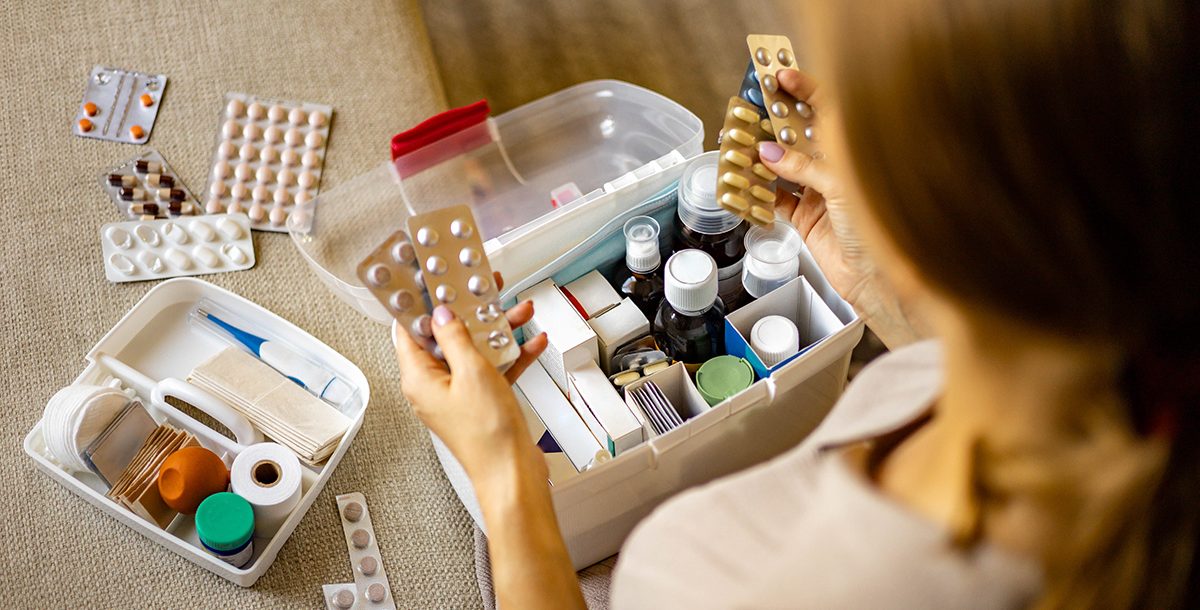
Overdosage and Emergency Management
Signs of Overdose: Taking too much Cartisafe D can result in symptoms like stomach bleeding, high blood pressure, kidney problems, and breathing difficulties.
Immediate Actions and Antidotes: If an overdose occurs, seeking medical help is vital. Giving activated charcoal might be advised within the hour after excessive intake if the individual is awake and responsive.
Long-term Care following Overdose: Patients should be observed for at least 48 hours for indications of kidney issues and breathing problems. Providing care and treating symptoms may be necessary based on how severe the overdose is.
Careful Administration Practices
Ensure that Cartisafe D is handled correctly by making sure it is kept in its packaging and touched with clean dry hands. It's important to avoid mistakes when giving the medication by measuring the doses and sticking to the recommended times for taking it. Using automated dispensers can help with this. Healthcare staff should always stay updated on the drug guidelines through ongoing training, while patients need to understand the significance of following their prescribed dosages and schedules for better results and reduced risks.

